Recently, the Ministry of Construction issued Decision No. 1873, officially adjusting the progress of the Duong River Water Transport Route Upgrade Project (Duong Railway Bridge), moving the completion date to December 2026, instead of the end of this year.
This is a project using medium-term public investment capital for the period 2021 - 2025, implemented in Viet Hung ward (old Long Bien district) and Phu Dong commune (old Gia Lam district), Hanoi city.
Although the total investment is only nearly 1,850 billion VND, the project has strategic significance in separating the road bridge from the railway bridge, relieving traffic pressure across the Duong River - the vital connection route in the North of the Capital, while improving the transport capacity of waterway corridor No. 1 from Quang Ninh, Hai Phong to Viet Tri (Phu Tho). However, after nearly 28 months of construction, the project's progress is still sluggish.
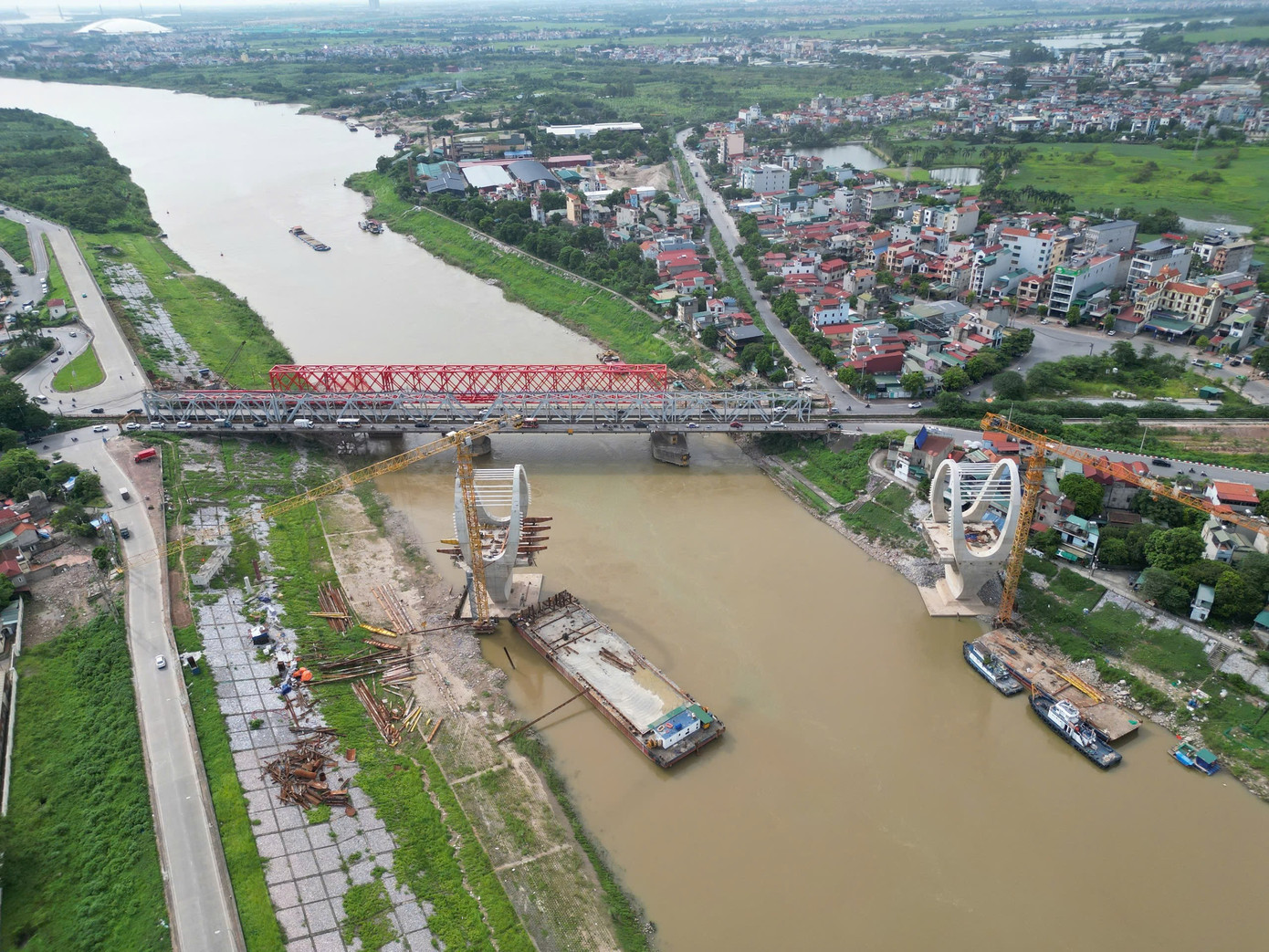
According to the Railway Project Management Board, the items under the river and within the dike are basically following the plan, but the items on the shore such as the approach road and the bridgehead road are almost "inactive". The main reason is that the site has not been handed over.
According to the plan, the People's Committee of Long Bien District (old) and Gia Lam District (old) must complete the site clearance in the fourth quarter of 2024, but up to now, Long Bien has only handed over 0.3/3.33 hectares, while Gia Lam has only handed over 0.2/1.63 hectares - mostly public land, flower gardens and trees. The small area like the "narrow mat" mentioned above makes it impossible for the contractor to organize the construction properly, nor to optimize costs and time.
Not only the Duong River railway bridge, the National Highway 2 renovation and expansion project, Vinh Yen - Viet Tri section (Vinh Phuc province, now Phu Tho province) is also in a similar situation.
The project is nearly 12 km long, with a total investment of nearly 1,260 billion VND. Construction started in February this year, but to date, the construction volume has only reached nearly 2%. The Ministry of Construction was forced to adjust and postpone the completion date to 2027, meaning the project must "squeeze" through two phases of medium-term public investment capital allocation (2021 - 2025 and 2026 - 2030).

It is worth mentioning that the reason for the slow progress of this project does not lie in technical factors, but in legal inadequacies in the capital coordination mechanism.
According to the previous proposal, the project was to be implemented with mixed budget capital - including nearly 800 billion VND of central capital and nearly 460 billion VND of Vinh Phuc's capital. However, at the time of implementation, the law did not have clear regulations on integration, allocation and disbursement between the two budget levels.
The 2015 State Budget Law does not allow provincial budgets to allocate capital for projects approved by central agencies, while Decree 99/2021 has not mentioned this case. Only when the Law amending and supplementing a number of articles of 7 laws took effect from January 1 this year, did the capital allocation have a legal basis, causing the project's progress to stagnate for a long time.
Along with that, the process of merging provinces and organizing a two-level government model also had a significant impact, causing confusion in the organization of units in charge of site clearance, many localities lacked specialized personnel, further delaying construction progress.
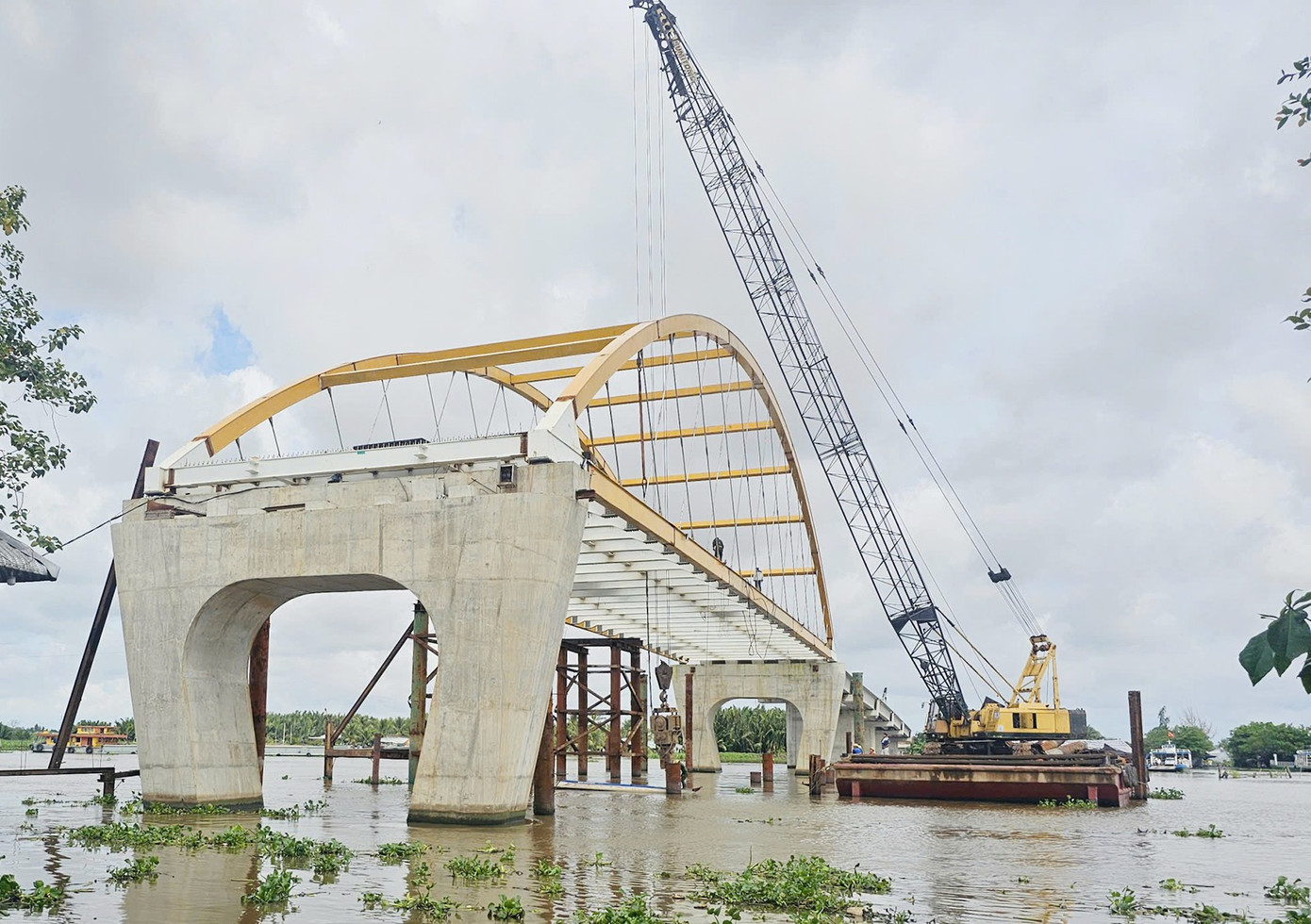
According to the Department of Economics - Construction Investment Management (Ministry of Construction), by the end of October this year, out of 54 projects and component projects being implemented, 8 projects could not reach the finish line on schedule in 2025. In addition to the 2 projects mentioned above, a number of large projects such as the Ho Chi Minh road section Cho Chu - Trung Son intersection, Rach Soi - Vinh Thuan road, Cam Ly railway bridge, or the route connecting Noi Bai - Lao Cai expressway with Tuyen Quang - Phu Tho expressway,... are all behind schedule compared to the plan.
This reality shows that, although public investment capital has been fully allocated, inherent bottlenecks in site clearance, capital mechanisms and local coordination capacity remain major barriers to the progress of infrastructure projects. Without synchronous measures to remove them, the risk of "chain progress breakdown" in public investment projects in the coming period is inevitable...
Source: https://tienphong.vn/ly-do-bo-xay-dung-gian-tien-do-loat-du-an-post1794327.tpo




![[Photo] Highways passing through Dong Nai](https://vphoto.vietnam.vn/thumb/1200x675/vietnam/resource/IMAGE/2025/11/12/1762940149627_ndo_br_1-resize-5756-jpg.webp)
![[Photo] Prime Minister Pham Minh Chinh attends a conference to review one year of deploying forces to participate in protecting security and order at the grassroots level.](https://vphoto.vietnam.vn/thumb/1200x675/vietnam/resource/IMAGE/2025/11/12/1762957553775_dsc-2379-jpg.webp)


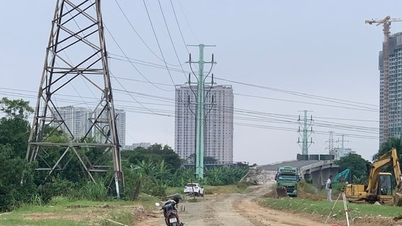







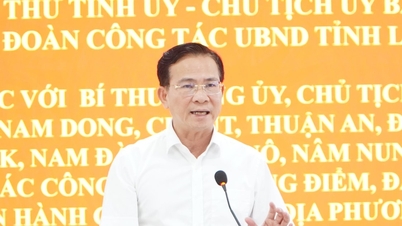
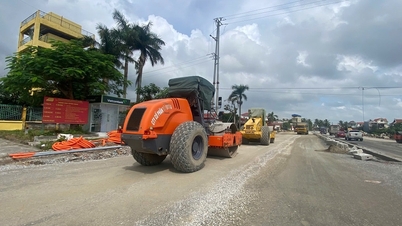













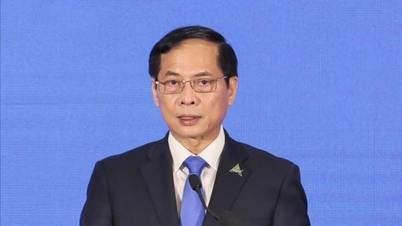

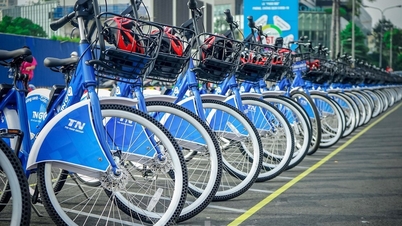































































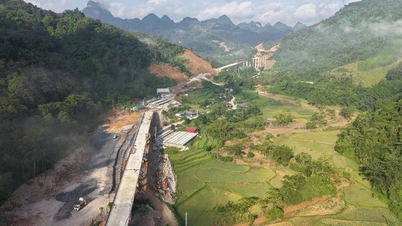
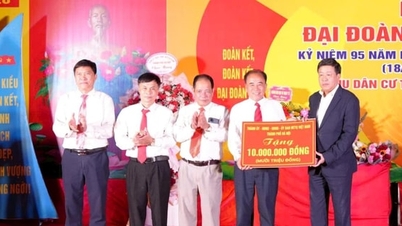
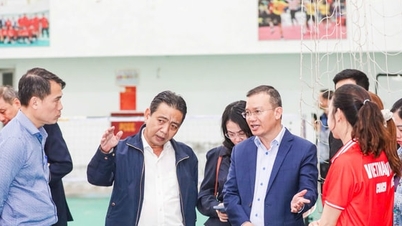






![Dong Nai OCOP transition: [Article 3] Linking tourism with OCOP product consumption](https://vphoto.vietnam.vn/thumb/402x226/vietnam/resource/IMAGE/2025/11/10/1762739199309_1324-2740-7_n-162543_981.jpeg)







Comment (0)